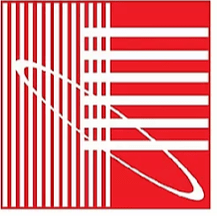|
Mexico has long been a leader in LEED certification, it was recognized in 2019 to be the 8th country in gross square meter LEED certified projects[1] and has certified 232 projects since then (December 2020 to July 2021)[2]. It has been recognized to be a driver of increased rent/sale value, energy consumption savings, reduce maintenance cost, occupants comfort and to be environmentally friendly[3]. The importance of green building certifications, where LEED is the most applied worldwide, is to follow a holistic guideline and have weight the compliance from a recognized third party. Considering these factors why there is not more projects develop in our country? We believe it’s because of:
Please share your opinion below, your participation means a lot to us. References:
[1] U.S. Green Building Council releases 2019 Top 10 Countries and Regions for LEED, https://gbci.org/us-green-building-council-releases-2019-top-10-countries-and-regions-leed [2] Country Market Brief, https://www.usgbc.org/resources/country-market-brief [3] World Green Building Trends 2018 Smart Market Report, https://www.worldgbc.org/sites/default/files/World%20Green%20Building%20Trends%202018%20SMR%20FINAL%2010-11.pdf [4] La certificación LEED, ¿se apaga en México?, https://obras.expansion.mx/soluciones/2015/07/10/la-certificacion-leed-se-apaga-en-mexico
0 Comments
One of the great approaches for cold climate countries to improve the efficiency in buildings where photovoltaic system could not be generate sufficiently, is through CHP (cogeneration of heat and power) plant.
ApplicationsThere is various use of the CHP plant, but most of them are used where there is a large demand in heating such as cold countries where large plants produce the heat that is distributed to buildings just by connecting to the network. Additional to natural gas, the water could be heated from biomass or even landfill waste could be incinerated to be used in another form by people. The CHP could be used for campus, hospital, or industrial complex in order to be independent from the grid. Our team, have work on an industrial project in Mexico desiring to be self-sufficient in electricity even if heating is not required, however they have a 24h manufacturing cooled facility. Thus, the CHP heat is converted into chilled water for conditioning with an absorption chiller and the electricity produced helps reduce their consumption to 45% while lowering the maximum demand load number. Modeling and LEED Our energy modeler experts have documented various LEED projects that take advantage of CHP plant at local or district level. The preferred approach is to model the plant directly as a heating and electricity source, this is more than simple using IESVE. The information required are the efficiency curves, the network distribution loss, and the maximum heat output from the plant. This component is connected directly to the hot water loop, or chilled water loop when using absorption chiller, to provide the required heat at each second while generating energy. We highly recommend to model the CHP instead of manually inputting the contribution to your energy results, to be able to visualize CHP plant operation and how the electricity maximum load evolves. Please share your opinion below, your participation means a lot to us.
* CHP Technology, https://no.pinterest.com/pin/425027283577204903/
In a previous article - link - was presented a case study that highlighted the benefits offered by our net-zero consulting service which allowed a single-family project, designed by the environment friendly architectural firm OWN*, to save 52% in energy and provide 76% sDA, climate-based daylight calculation. In this article we will discuss a specific topic excluded from the previous one: natural ventilation for passive cooling.
Our client wanted to validate the possibility of natural ventilation cooling instead of mechanical, thus we identified that almost all days of the year around mid-day there is higher internal gain and solar gain. It was clear that there is a requirement in load and hours of operation for cooling and there could be savings in initial investment (equipment and installation) and energy saving (2%-5% annual energy consumption).
The method used to evaluate the design was to measure the thermal comfort (statistical person comfort considering temperature, radiation, humidity level, air velocity, clothing, and people activity). Our first evaluation considered the original design openings configuration (see left image below) which showed us that the natural ventilation cooling allows the living spaces to reach an acceptable comfort by reducing the apparent temperature 2-3 degrees Celsius. However, there was some undesirable hot spot (temperature of 30 degrees Celsius) which showed that even if on average space should be comfortable the ventilation is not sufficient. Thus, we proposed to take advantage of the modified design additional glazing, which provide better solar panel generation and increase daylight, to maximize the ventilation and natural cooling efficiency (see right image below).
The modified design with higher glazing on the south façade allows the fresh air to enter from lower level windows and escape from higher level windows after having cooled the spaces. The reason why this is more efficient than the original design is that the supply cool air has a greater distance from the escaping hot air. As well, there was added openings on the first-floor north façade which increase the suction of cool air from the ground floor which passed from the stairway and escape from the first-floor common corridor. Increased air flows from increased higher openings and the reduced mixing of supply/escape air by strategically placing high openings resulted in a reduction of apparent temperature of 1 degree Celsius and reduction of hot spots only to few wall surfaces. Below is presented the comparison for the 2 design of temperature distribution at 1.3m from finished floor of the two floors.
Finally, please take a look at the whole simulation results:
Please share your opinion below, your participation means a lot to us.
* OWN, Architectural Firm with focus on balance between human and nature, www.thisisown.com/. The architecture industry is evolving to be more integrated and focusing on reduced energy consumption and increasing occupant comfort. Our team has worked closely with OWN*, Environment Friendly Mexican Architecture firm, to improve their latest single-family project at conceptual design phase. Our objectives were to reach Net-Zero Energy, maximize daylight while minimizing glare and take advantage of natural ventilation for passive cooling. We perform analysis using a building energy model and CFD simulations. The site climate requires to reduce heating consumption in particular during the night and reduce cooling consumption at mid-day. The temperature is reaching lower temperatures in January, but it is quite constant through the year since the project is located in the north tropical region. We thus would need to reduce slightly solar gain at summer when the sun is at its zenith, this was achieved by adding light shelves that are required to minimize glaring and increase daylight penetration. The light shelves location to not interfere with glass door operation were placed above them, thus additional glazing was placed above the lights shelves. The additional glazing would also contribute, those openable, to increase the natural ventilation potential. However, the light shelves were not enough to reduce the glare enough, thus a glazing film that reduces the visual light transmittance to 17% in strategic locations. These strategies allow the increase in daylight from 34% sDA** to 76% sDA and reduce glare from 72% ASE*** to 25%ASE, all numbers are the weighted average for the occupied spaces. To study the heating/cooling demand and energy consumption we develop a reference building which is based on the IECC-Mexico 2016 and the NOM-020-ENER-2011. Per the client request we use Autoclaved Cellular Concrete blocks with 51mm Polystyrene insulation, double glazing and UPVC window framing. The reduced consumption from these measures was only 17% compared to the IECC reference. Thus, we implement in addition the use of instantaneous water heaters, LED interior and exterior lighting, daylight and presence sensors, EnergyStar home appliances, and outdoor air supply with heat recovery. Combining these approaches we reach savings of 52% in yearly energy consumption compared to the reference building. Finally, the software used permits the evaluation of photovoltaic system generation. This guided the change of the first floor roof angle center location to increase the south-oriented area in order to accommodate more solar panels. The change allows the number of solar panels to be double which was required to reach the net-zero threshold we were looking for. The roof change also opens a larger area in the north facade which benefits the natural ventilation performance. This would be discussed in a future article. Please share your opinion below, your participation means a lot to us.
* OWN, Architectural Firm with focus on balance between human and nature, www.thisisown.com/. ** sDA: Spatial Daylight Autonomy, measure defined in standard IES LM-83-2012. *** ASE: Annual Sunlight Exposure, measure defined in standard IES LM-83-2012. Tulum, Quintana Roo in Mexico is one of the most prized location for luxury and eco-friendly tourism. The demand and ROI for this city and the whole Riviera Maya region will keep growing and for real estate company to continue having success in the area the approach must change. Leader company of the industry (Los Amigos Tulum, GMB), business associations (COPARMEX Riviera Maya and ADIRM) and government institutions (General direction for Sustainable Tourism and Tulum City Hall) are already taking actions to push best practices among all players of the real estate industry. The key concept for all these people is sustainability, making our best to affect as less as possible the environment in the construction and operation of every real estate development. For investors be sustainable means added cost which may not be possible to profit of it especially if the competition is not pursuing the eco-friendly path. However, a sustainable development sells better, faster, at a higher price, and is cheaper to operate. This does not consist only on installing solar panels; a sustainable building take advantage of natural light, has efficient material to reduce the need for cooling/heating the indoors, are equipped with water savings fixtures, and even recuperate gray water for toilets and landscape irrigation.
There is not LEED certified building in Tulum and few in the state (ADO Terminal Chetumal and CityExpress/Suites Playa del Carmen). Choosing to pursue a certification in all their project is for leaders who aims for recognition of their practices on a global level. Tulum is an eco-friendly destination which could grow bigger while staying green if the actors of the real estate industry incorporate LEED certification as the standard for the region. Please share your opinion below, your participation means a lot to us.
Recommended additional content: LEED Luxury home in Silicon Valley World green building trends in technology World green building trend in wellness There was a great progress in building sustainability and energy efficiency for the last 25 years[1]. The environmentalist and innovators are pushing this change from investors, to AEC[2] professionals and occupants. However, the goals they have set in mind is hardly reachable now: sustainability at city level. Newest, modern and high impact buildings are following the latest methods and technologies but small buildings, existing buildings, residential and non-residential consume a large amount of energy and generate more waste than they should. Based on a survey from professionals of the industry in multiple countries we have identified the source: Buildings must be designed/ built/ maintained/ and retro-fitted to reduce operating costs. This is a paradigm shift from reducing initial cost to reducing the life-cycle cost of a construction. An increment of 5% to the initial investment of a building generate at least 25% reduction in operating cost. Considering the always increasing cost of utilities (water, electricity, and natural gas) and that most buildings lifespan is of 30 years, there is no doubt of the advantage of sustainability without talking about the benefits for our health and the planet. Experts of the field are struggling everyday for this cause and are not satisfied with the results, the reasons why are:
Special thanks to the various professionals whom share their opinions about the building industry challenges. This article launches a series of articles which aim to educate the masses about benefits of sustainability. Please share your opinion below, your participation means a lot to us. Recommended additional content:
References:
[1] The U.S. Green Building Council was founded in 1993, it is a membership-based non-profit organization that promotes sustainability in building design, construction, and operation.
[2] The architecture, engineering and construction (AEC) industry consists of separate players who work together to bring a project to fruition. Last week, I went to my local concert room to enjoy a great Chopin recital which inspired me to write this article. Most people enjoy the beautiful architecture of concert halls and the talent of professional artists from all fields without knowing the complex physics behind the building it take place. To make you understand the hard work of engineer and architects we made a list of the main goals behind a concert room design (in order of importance):
We have prepared a space below for you to like this article, ask us more information, or simply to share with us your opinion. Your participation is our motivation to write every week.
Recommended additional content: On April 24, 2018, has been published the long-awaited ASHRAE Standard 209-2018, Energy Simulation Aided Design for Buildings except Low Rise Residential Buildings, which describes the most beneficial use of energy modeling for any constructions. I believe that it is a great reference for energy modeler however, it is not tomorrow that all projects will comply to this standard of using energy model to inform and optimize the design through 11 cycles from early concept to post-occupancy.
Please share your opinion below, your participation is our motivation to write every week. Recommended additional content:
|
Suggest topicsWeekly our team select the most relevant topic of the industry to talk about. However, our readers' interests are even better. Archives
June 2021
Categories
All
|
GREEN BUILDING CERTIFICATION - ENERGY MODELING - |
Offices | OficinasCalle 20 438, Oficina 116,
Colonia México, Mérida, Yucatán, México 97125 +52 999 838-0096 [email protected] |
Copyright © 2018-2024 Chaac Simulaciones Inc. All Rights Reserved.
|

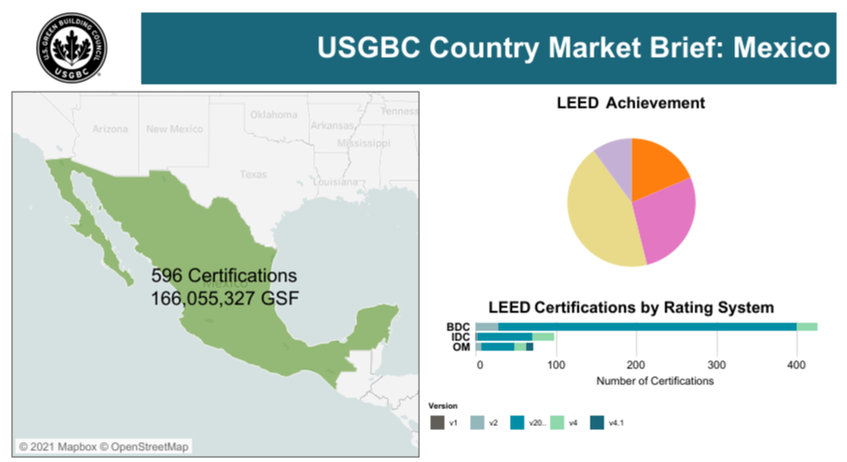
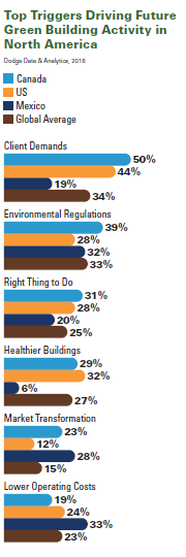
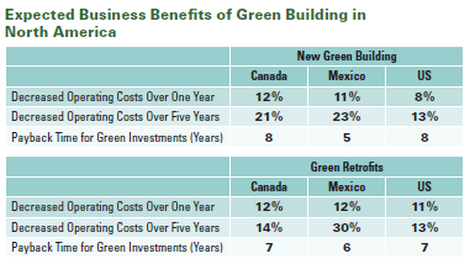
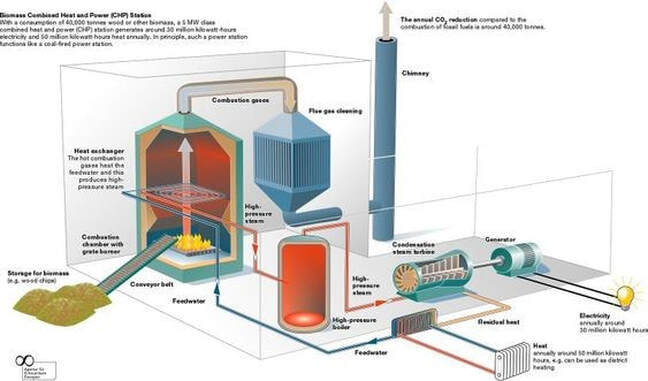
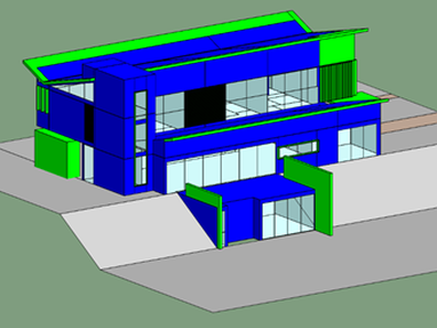
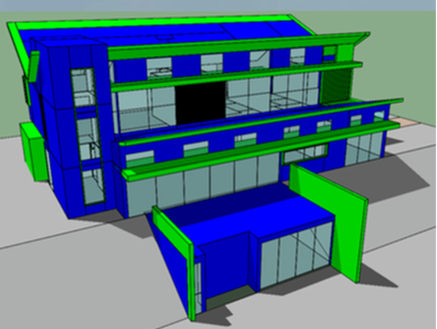
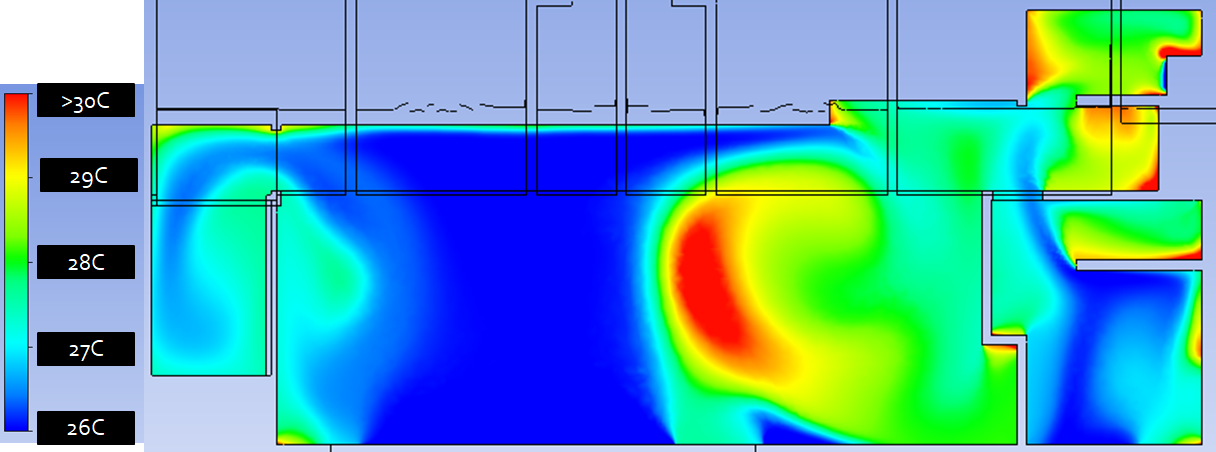
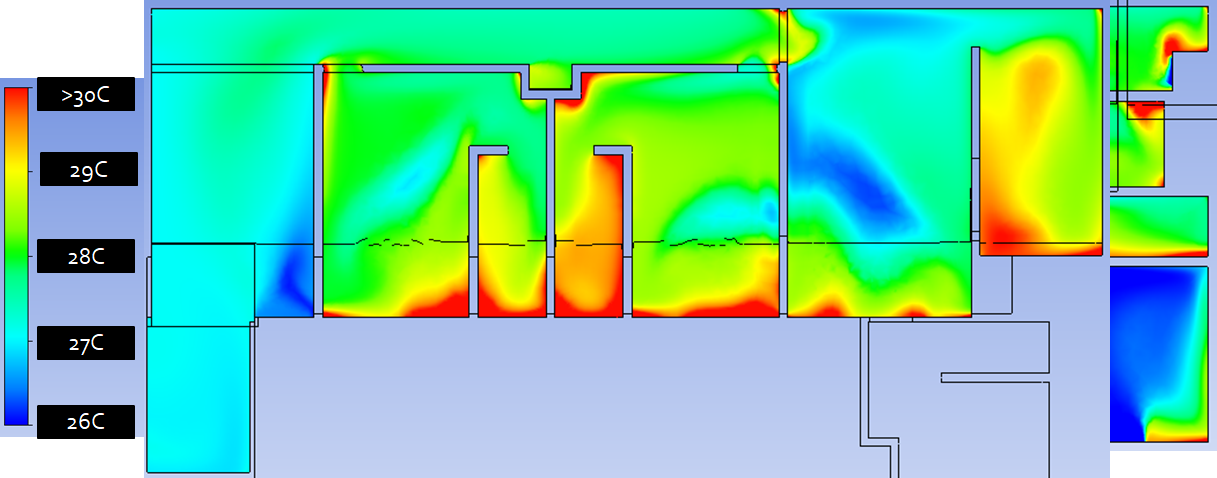
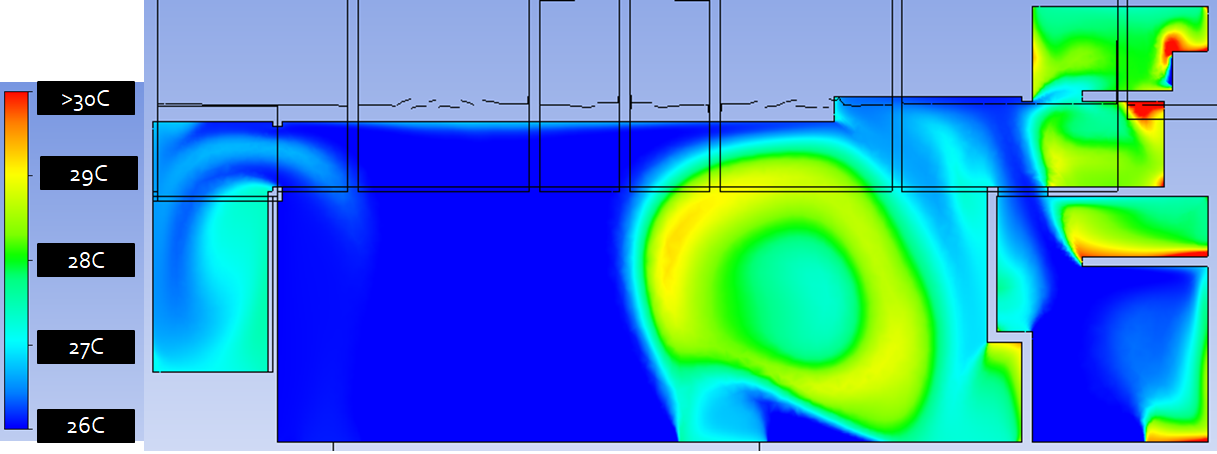
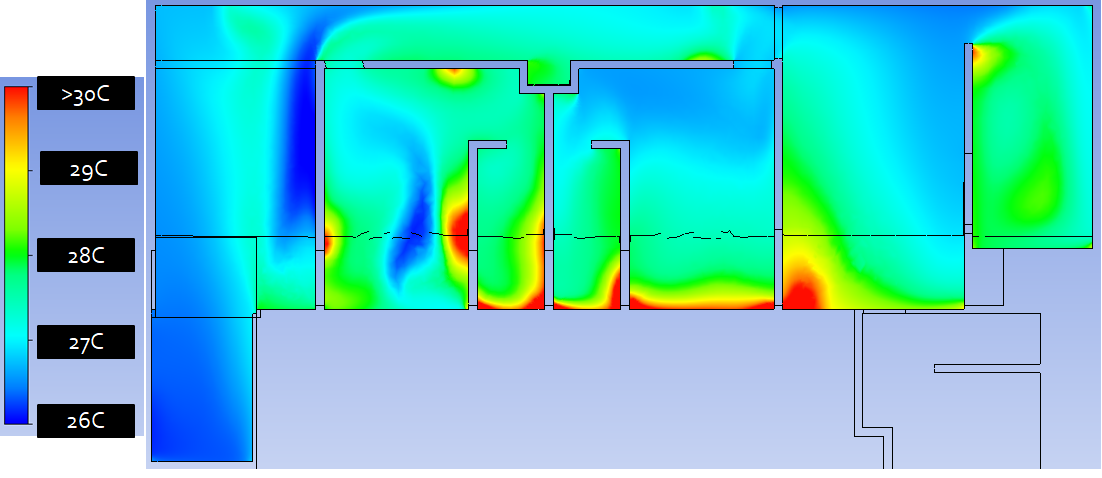
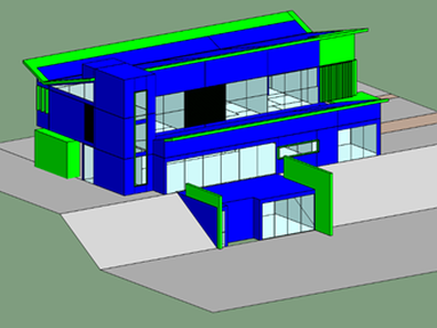
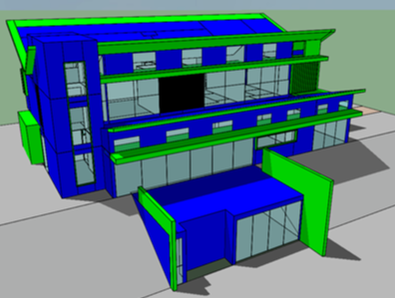


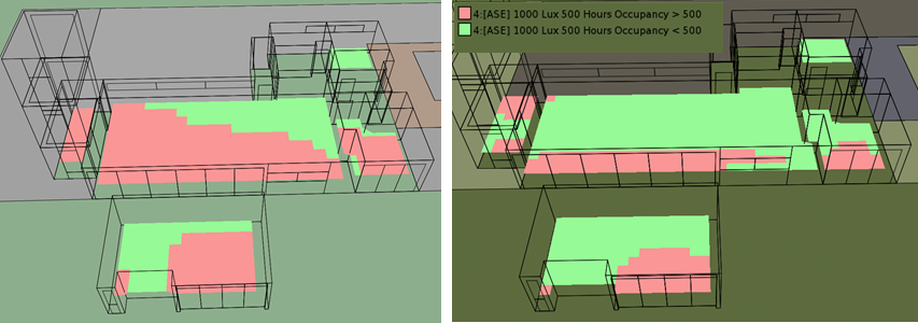

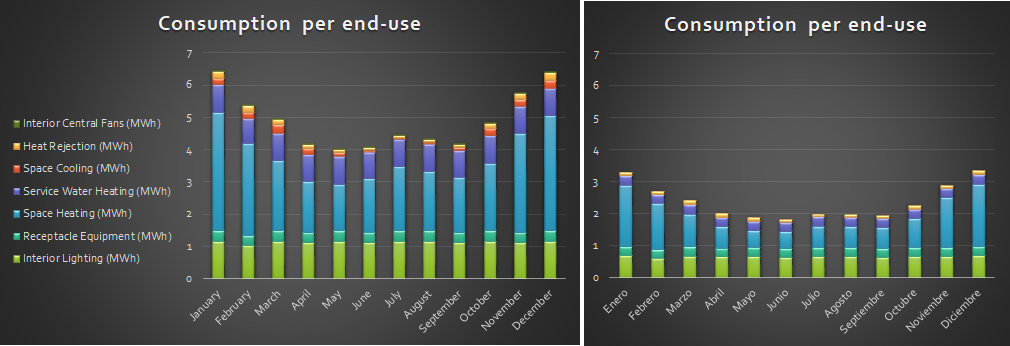
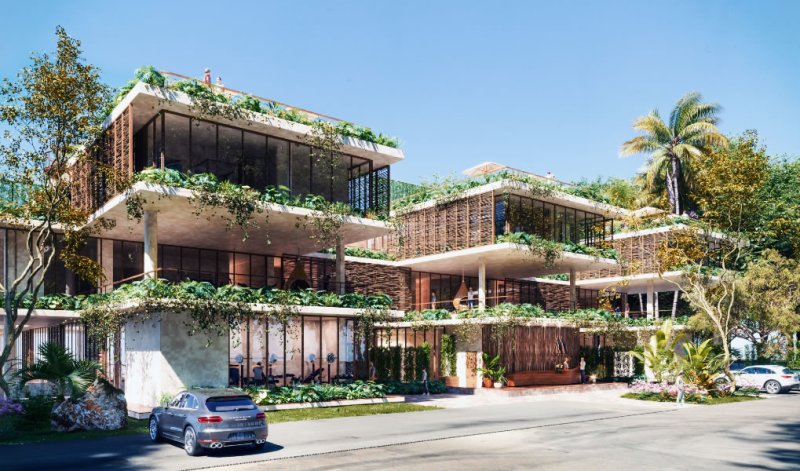
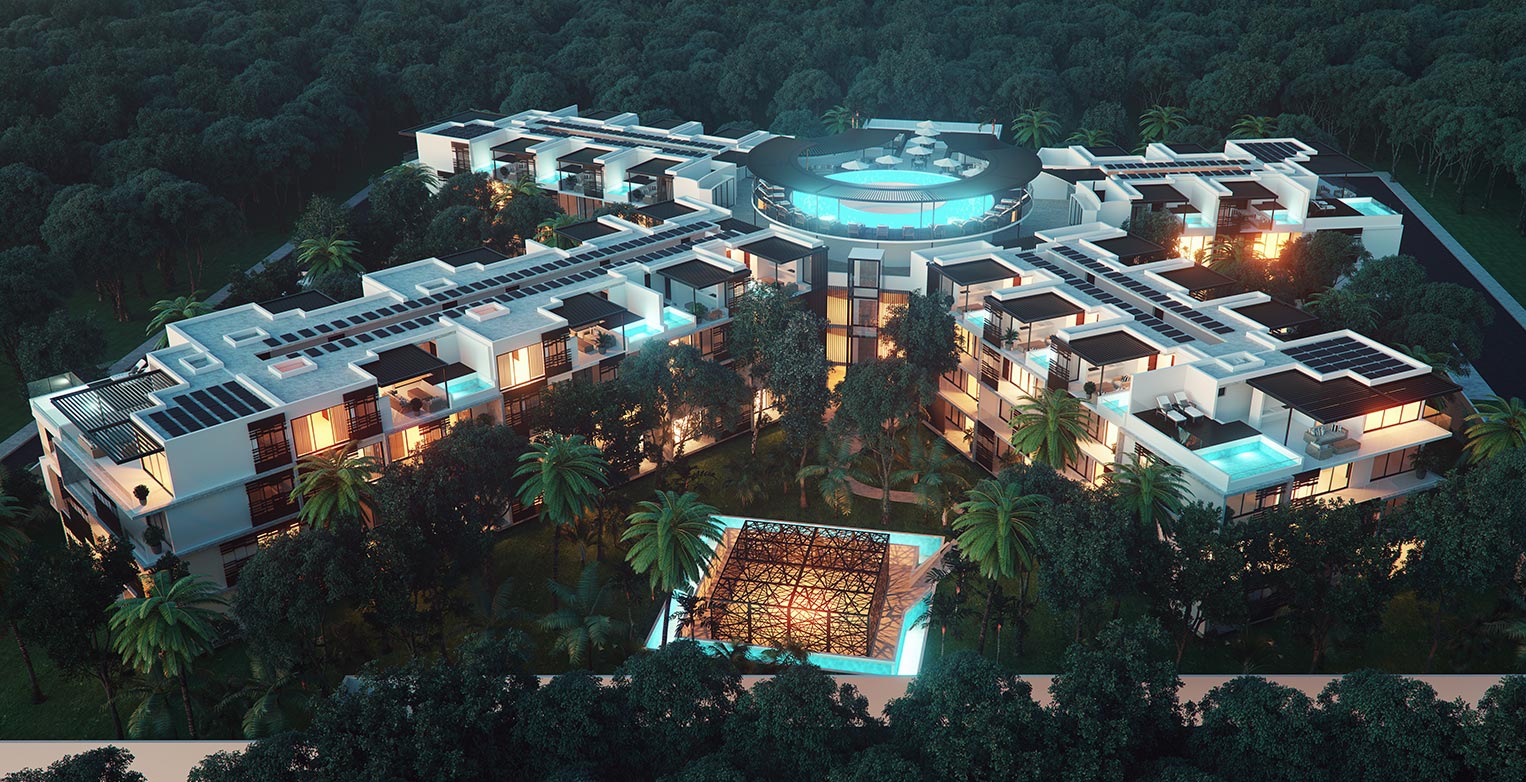
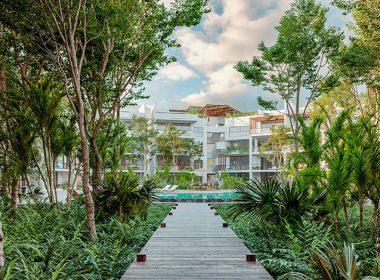
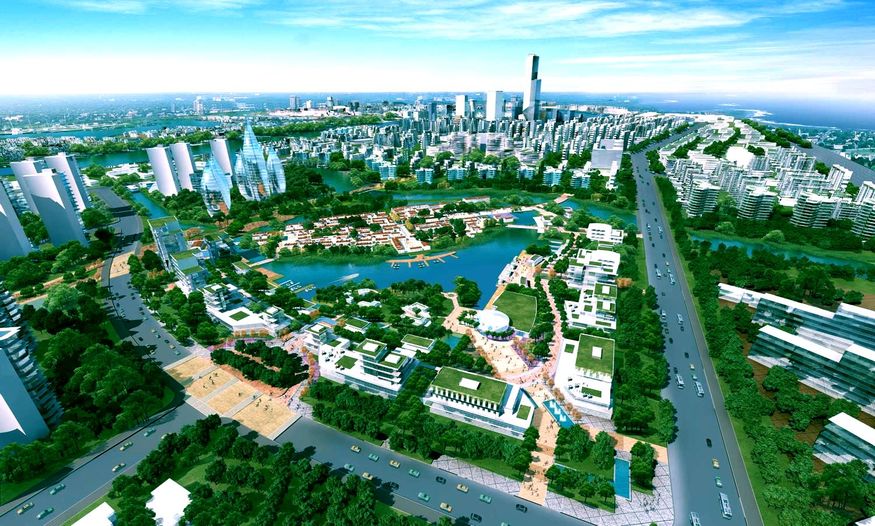
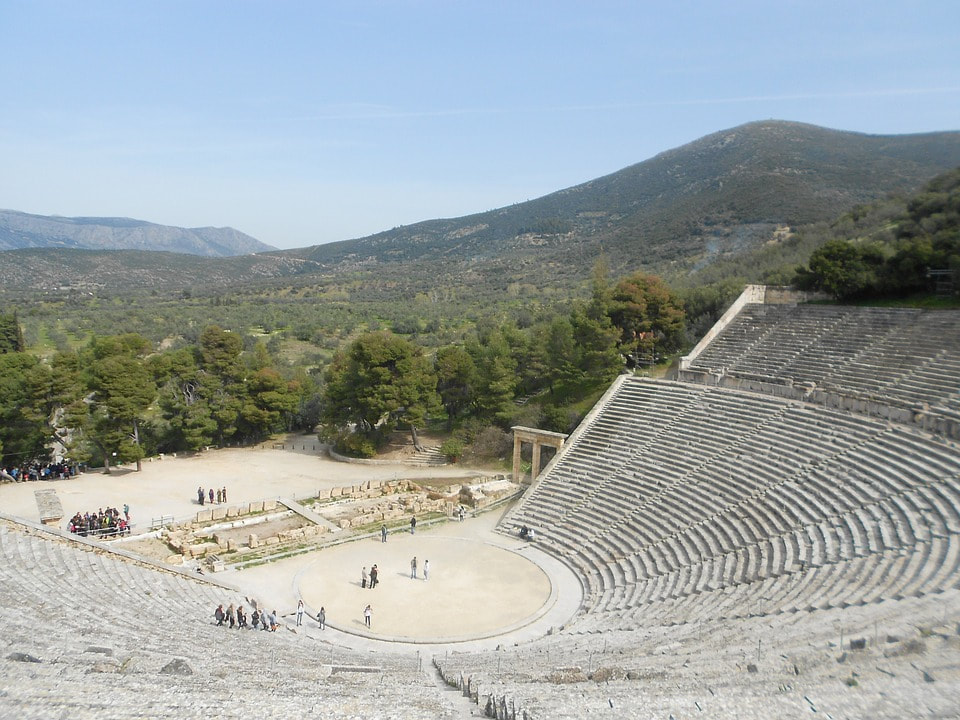
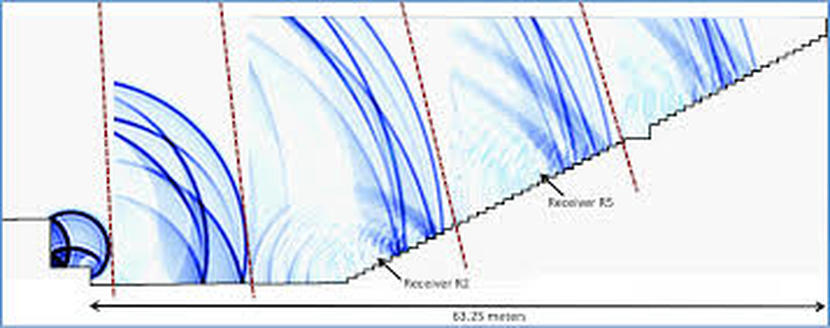
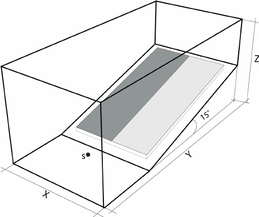
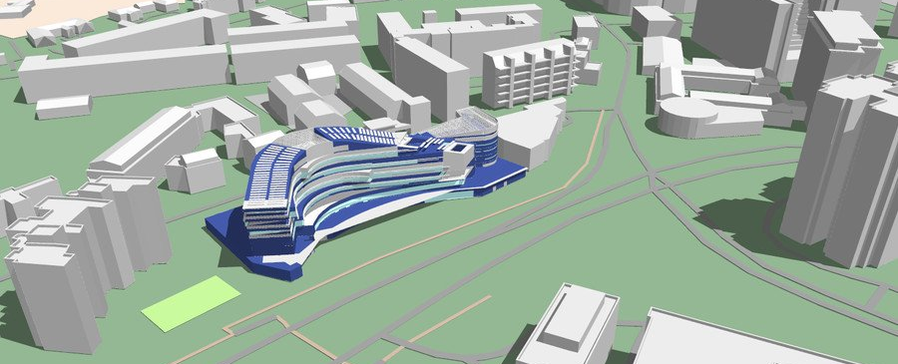
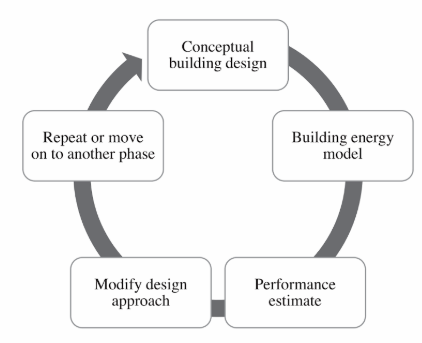
 RSS Feed
RSS Feed




